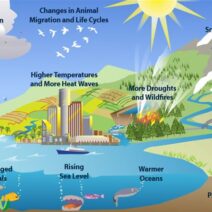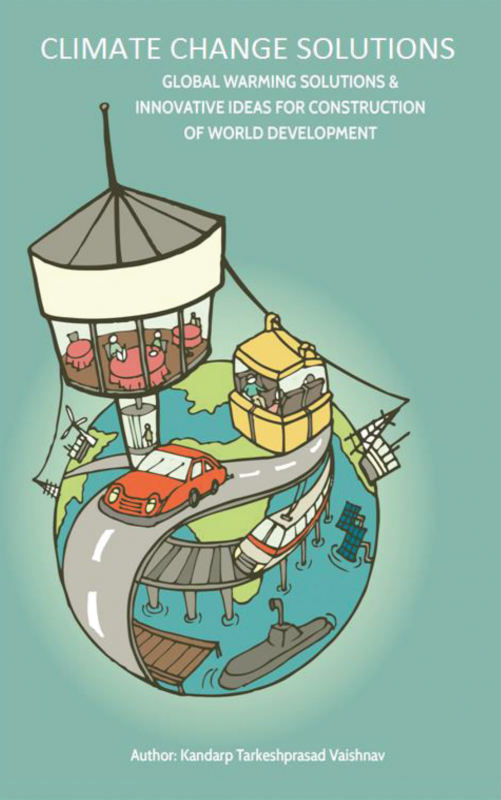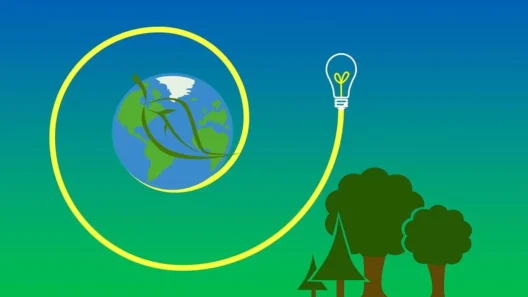Energy conservation is often portrayed as an abstract concept, one that is discussed within the hallowed halls of academia or debated at environmental summits. However, it transcends mere scientific idealism; it is an everyday essential that anchors our existence to the promise of sustainability. Imagine energy conservation as a metaphorical lighthouse, brilliantly illuminating the path toward a sustainable future, beckoning us to navigate through murky waters of consumption and waste.
The first step in this journey involves understanding the elemental nature of energy itself. Energy, in its various forms—be it kinetic, potential, thermal, or electrical—powers our modern society. It is the invisible hand that steers our technological marvels and comforts. To consider energy as an inexhaustible resource is akin to believing that the ocean will always recede but never rise again. In reality, the depletion of energy resources is as palpable as the ever-present waves crashing on the shore.
Conceiving energy conservation not merely as a scientific ideal but as an essential practice requires us to confront several pressing aspects. It begins with the ecological imperative. The relentless extraction of fossil fuels has engineered a cascade of environmental repercussions from climate change to biodiversity loss. Each watt of energy consumed without thought contributes to a greater environmental malaise. The modern world is inextricably tangled in a complex web where our energy choices bear grave consequences for the planet. Just as a single thread can unravel a tapestry, our individual choices about energy consumption can have far-reaching effects.
Next, energy conservation embodies practical economics. As resources dwindle, prices will inevitably escalate. By understanding energy conservation as an everyday action, we can foster a culture where efficiency becomes second nature. Imagine a society where turning off lights, utilizing energy-efficient appliances, and embracing renewable resources are not seen merely as disruptions but as established norms. Here, energy conservation turns into a form of currency, where savings on utility bills are reinvested into community well-being and future innovations.
Moreover, energy conservation enhances our resilience. Picture society as a well-equipped fortress. A fortress equipped with renewable energy sources—solar panels, wind turbines, and hydropower—stands firm against the upheaval of geopolitical tensions that can disrupt energy supply chains. By emphasizing conservation, we fortify our stronghold, reducing vulnerability to market fluctuations and enhancing energy security. The interplay of conservation and resilience is not just theoretical; it is a tangible advantage in an increasingly unpredictable global landscape.
Furthermore, energy conservation nurtures personal responsibility. When individuals become aware of their energy consumption patterns, they begin to perceive their personal impact on the environment. Each household is its own universe, a microcosm of energy use that contributes to larger planetary dynamics. Activities such as regulating thermostat settings in winter or summer, minimizing reliance on single-use plastics, and advocating for energy policies become acts of civic engagement and personal accountability. It resembles the petals of a flower; each small action, seemingly insignificant on its own, contributes to a vibrant, flourishing entity.
In light of the technological advancements available today, energy conservation is no longer a tedious chore but a provocative opportunity. Smart homes equipped with intelligent energy management systems exemplify the union of convenience and conservation. These systems allow individuals to monitor and optimize their consumption, transforming mundane tasks into intriguing experiments in resource efficiency. By embracing technology, society can shift from inefficient energy usage to a more conscious and deliberate approach toward energy consumption.
The psychological dimension of energy conservation is equally noteworthy. Behavior change is often elusive, yet a compelling narrative around energy consumption can galvanize engagement. When energy conservation is framed as an empowering movement—one that can lead to a reduction in carbon footprint and foster community solidarity—individuals are more inclined to participate. Just as the ripples in a pond signal the impact of a single drop, the collective efforts to conserve energy resonate across communities, amplifying awareness and prompting action.
Nevertheless, the challenge remains. The journey toward widespread energy conservation faces obstacles—skepticism of change, resistance to altering lifestyles, and the inertia that comes from complacency. Yet, like the phoenix rising from the ashes, there exists an enduring potential for transformation. Educational initiatives, community programs, and government policies are essential tools in this metamorphosis. Awareness campaigns can act as a bridge, connecting scientific ideals with practical applications that demonstrate the relevance of energy conservation in our daily lives.
In conclusion, energy conservation is neither a distant scientific ideal nor merely an abstract notion. It is an everyday essential, intricately woven into the fabric of sustainability and resilience. Like threads in a tapestry, every action towards energy conservation enhances the strength and beauty of the whole. By fostering individual and collective engagement, understanding its multifaceted significance, and embracing technological advancements, we can navigate towards a luminous horizon, where energy efficiency is not just a goal but a way of life. The call to action is clear: become a steward of energy conservation, for in doing so, we safeguard not only our present but also the luminous promise of future generations.








